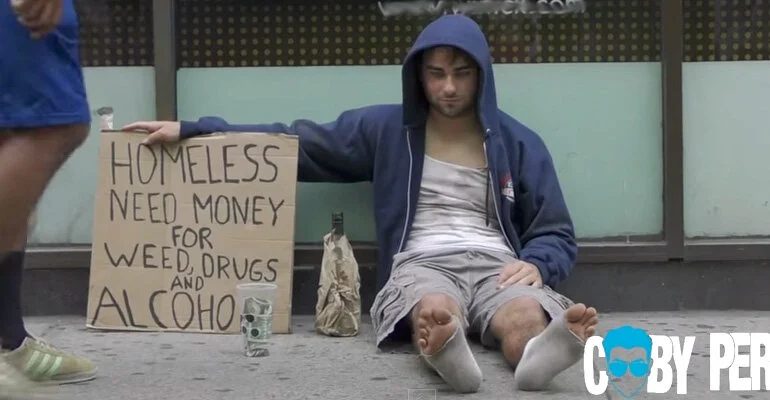Housing the homeless: "Everyone deserves granite countertops"
/Even if (ahem) the cost problem were overcome, because almost all homeless are mentally ill and addicted, they’d rip them out and sell them, along with the coper piping.
Today, many of California’s leading homelessness advocates insist that the current crisis is due mostly to the housing shortage.
Homelessness experts and advocates disagree. “I’ve rarely seen a normal able-bodied able-minded non-drug-using homeless person who’s just down on their luck,” L.A. street doctor Susan Partovi told me. “Of the thousands of people I’ve worked with over 16 years, it’s like one or two people a year. And they’re the easiest to deal with.” Rev. Bales agrees. “One hundred percent of the people on the streets are mentally impacted, on drugs, or both,” he said.
Most of the time what people mean by the homelessness problem is really a drug problem and a mental illness problem. ”The problem is we don’t know if you’re psychotic or just on meth,” said Dr. Partovi. “And giving it up is very difficult. I worked in the local jail, and half of the inmates in the women’s jail were Latinas in their 20s, and all were in there for something related to meth.”
The people who work directly with the homeless say things worsened after California abandoned the “carrot and stick” approach toward treating the severely mentally ill and drug addicts who are repeat offenders. “The ACLU will come after me if I say the mentally ill need to be taken off the street,” said Dr. Partovi, “so let me be clear that they need to be taken care of, too.”
Liberal idealism also wasted much of the $1.2 billion that L.A. voters raised in 2016 when they voted to tax themselves to build housing for the homeless. “It was supposed to build 10,000 units but in truth will create half that because each one costs $527,000 to $700,000,” said Bales. “They will take ten years to build, at which point 44,000 lives will have been destroyed by living on the street.”
Why did progressive housing activists in L.A. insist on building such expensive apartments for so few people, so slowly, rather than quickly building cheaper units faster for 44,000 people?
“[Housing First] is a dogmatic philosophy,” said Bales. “I’ve lost friends. One of my closest friends is attacking me for pushing for housing that costs $11,000 instead of $527,000 per person. He can’t get that we can’t provide a $527,000 to $700,000 apartment for each person on the street. I’ve been in planning meetings where people said, ‘Everybody deserves a granite countertop,’ but that isn’t going to work for 44,000 people.”
L.A.’s woke housing advocates have intimidated the city’s mayor. “I think the mayor’s unwilling to put out bridge shelters because of backlash from some homeless advocates,” said Bales, “and is concerned about NIMBYs, and may be concerned about union workers because the shelters may not be built by the unions.”
The quotes above are excerpted from a lengthy Forbes article written by columnist Michael Shellenberger, who, like the doctors and aid workers he quotes, is hardly an enemy of the homeless; just a realist. Read the whole thing.

